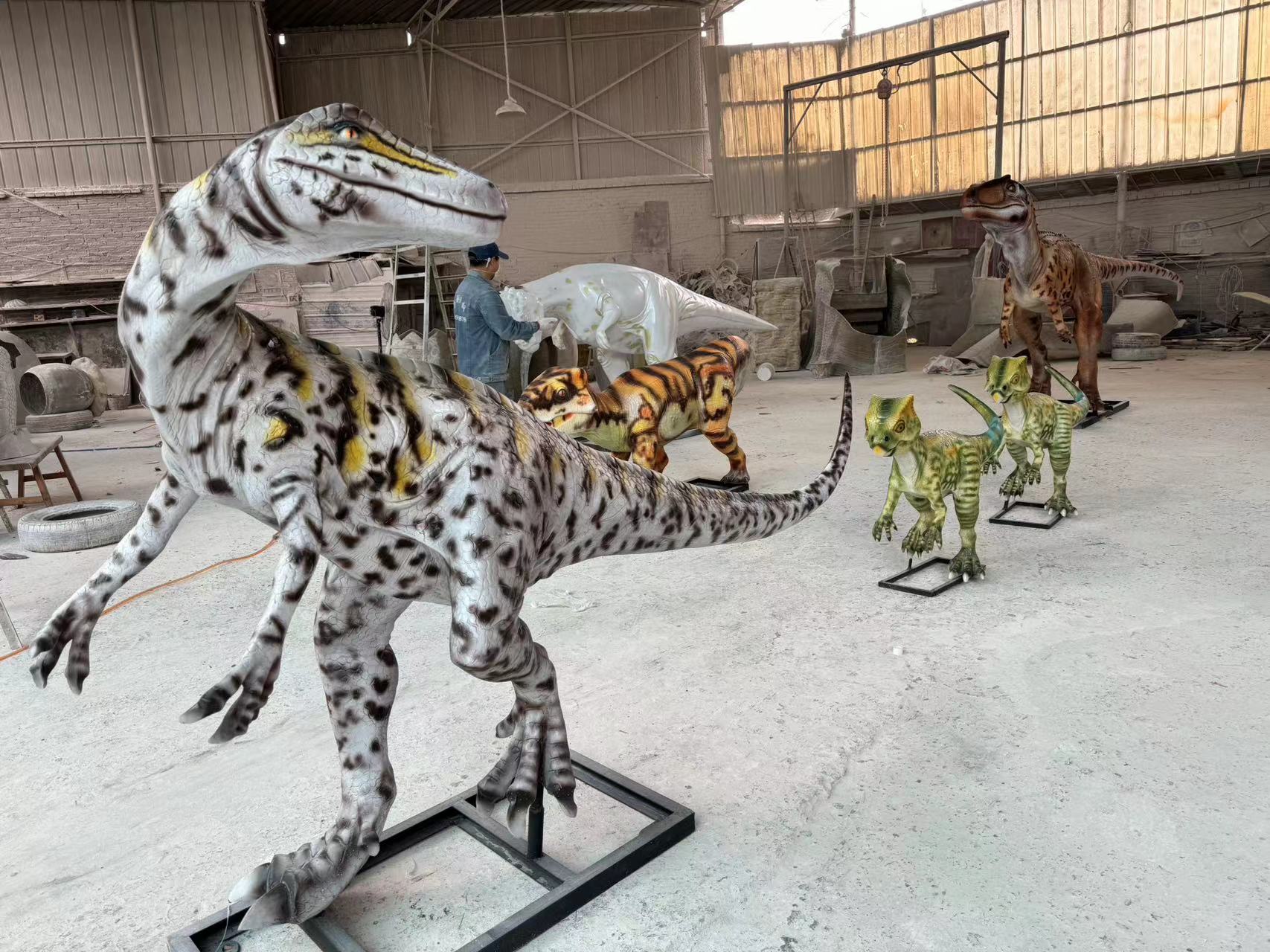The lizard of Victorino Herrera----Herrerasaurus
Herrerasaurus is likely a genus of saurischian dinosaur from the Late Triassic period. This genus was one of the earliest dinosaurs from the fossil record. Its name means "Herrera's lizard", after the rancher who discovered the first specimen in 1958 in South America. All known fossils of this carnivore have been discovered in the Ischigualasto Formation of Carnian age in northwestern Argentina.
Herrerasaurus was a lightly built bipedal carnivore with a long tail and a relatively small head. Adults had skulls up to 56 cm long and were up to 6 m in total length and 350 kg in weight. Smaller specimens were about 4.5 m long and weighed about 200 kg.

Herrerasaurus was fully bipedal. It had strong hind limbs with short thighs and rather long feet, indicating that it was likely a swift runner. The foot had five toes, but only the middle three bore weight. The outer toes were small; the first toe had a small claw. The tail, partially stiffened by overlapping vertebral projections, balanced the body and was also an adaptation for speed. The forelimbs of Herrerasaurus were less than half the length of its hind limbs. The upper arm and forearm were rather short, while the manus was elongated. The first two fingers and the thumb ended in curved, sharp claws for grasping prey. The fourth and fifth digits were small stubs without claws.

Herrerasaurus displays traits that are found in different groups of dinosaurs, and several traits found in non-dinosaurian archosaurs. Although it shares most of the characteristics of dinosaurs, there are a few differences, particularly in the shape of its hip and leg bones. Its pelvis is like that of saurischian dinosaurs, but it has a bony acetabulum (where the femur meets the pelvis) that was only partially open. The ilium, the main hip bone, is supported by only two sacrals, a basal trait. However, the pubis points backwards, a derived trait as seen in dromaeosaurids and birds. Additionally, the end of the pubis has a booted shape, like those in avetheropods; and the vertebral centra have an hourglass shape as found in Allosaurus.
